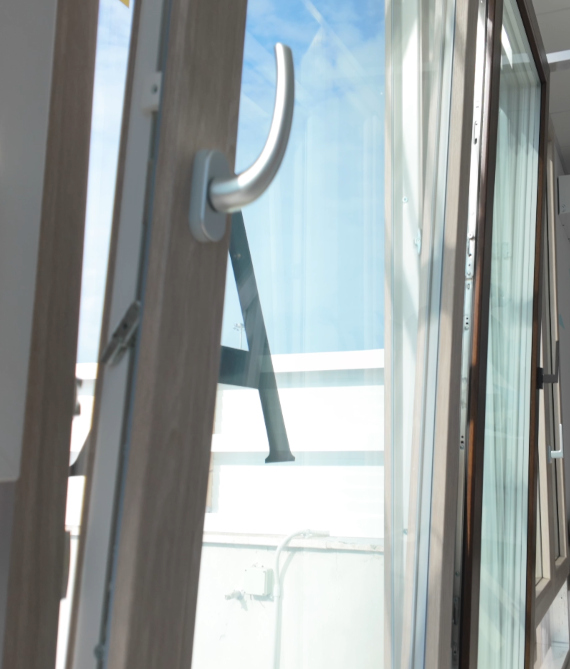
What Are Low-Emissivity Glasses and How Do They Work?
Low-emissivity glass are special glazing surfaces designed to reduce the thermal loss of windows. Thanks to a thin metallic layer applied to the glass pane, they can reflect infrared radiation emitted from inside the home, keeping the heat indoors during colder months and reducing the need for heating. At the same time, their transparency ensures excellent natural brightness.
This low-emissivity coating is capable of preventing direct heat exchange with the outside, enhancing the energy performance of windows and ensuring constant thermal comfort inside the home. The result is tangible savings on bills and a more pleasant living environment.
Benefits in Terms of Energy Efficiency and Lower Bills
Installing low-emissivity glass means enjoying several benefits that positively impact both your wallet and your quality of life:
- Economic Savings: reduction in heating and cooling costs thanks to decreased heat loss.
- Thermal Comfort: more stable indoor temperatures, avoiding extreme fluctuations in winter or summer.
- Living Comfort: improved indoor air quality and reduced risk of condensation and mold formation.
- Environmental Sustainability: lower energy consumption and reduced CO₂ emissions.
Double and Triple Glazing: What Are the Differences?
When it comes to low-emissivity glass, it is important to distinguish between double or triple glazing solutions. The choice affects not only thermal insulation, but also acoustic insulation and cost.
In both cases, the application of a low-emissivity coating further enhances performance, making these glazing systems highly recommended for those who wish to optimize the energy efficiency of their home and reduce their bills.


Laurel Wallace
May 18Proin ac quam et lectus vestibulum blandit. Nunc maximus nibh at placerat tincidunt. Nam sem lacus, ornare non ante sed, ultricies
Bobby Hawkins
December 22Pellentesque habitant morbi tristique senectus et netus et malesuada fames ac turpis egestas. Ut arcu libero, pulvinar non